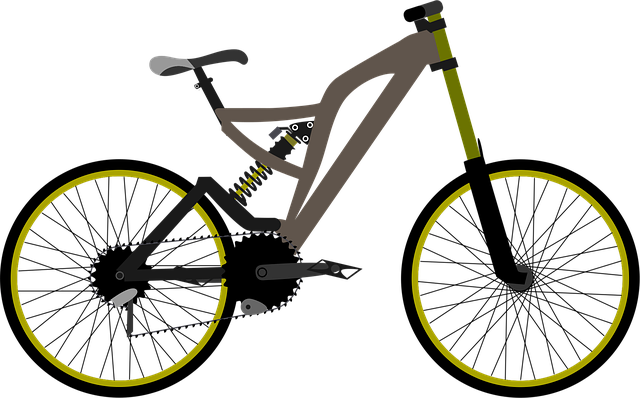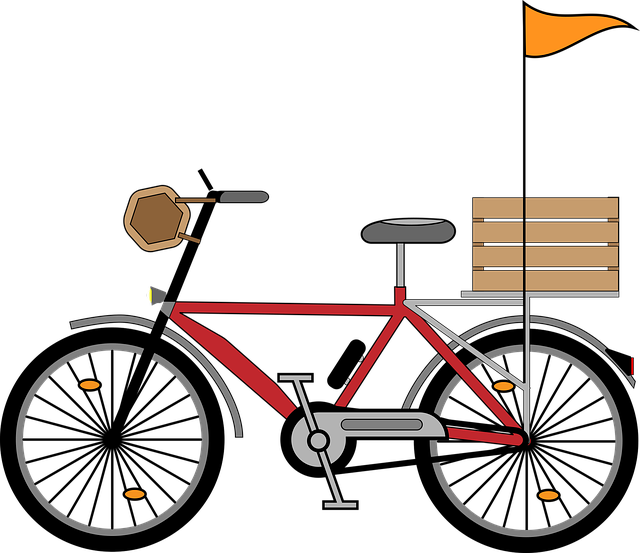Remote rock climbing spots demand swift injury assessment, proper treatment (splints/slings for severe cases), and immediate medical aid. Essential survival skills include water sourcing (boiling, filtration, tablets), shelter building (lean-tos, debris huts), edible plant identification (dandelions, clover), and safe foraging practices with expert confirmation to avoid poisoning or ethical hunting.
“Uncover essential wilderness survival skills, a must-have for any adventurer, especially those frequenting rock climbing spots. From the moment you step off the beaten path, your knowledge of first aid and survival techniques becomes your best ally. This guide takes you through critical aspects of self-preservation in remote settings. Learn to assess and stabilize injuries, locate and purify water, construct basic shelters, and identify edible sources of sustenance, ensuring your safety and enjoyment during outdoor excursions.”
- Assess and Stabilize: Wound Care & Immobilization Techniques
- Find Water: Natural Sources & Purification Methods
- Build Shelter: Primitive Structures for Protection
- Forage for Food: Identifying Edible Plants & Animals Safely
Assess and Stabilize: Wound Care & Immobilization Techniques

When faced with an injury in remote areas, like those found at rock climbing spots, knowing how to assess and stabilize a wound is crucial. The first step is to evaluate the severity of the injury by checking for signs of bleeding, swelling, and nerve damage. This initial assessment helps determine the best course of action to prevent further harm.
For minor wounds, clean them thoroughly with water and apply pressure to stop bleeding. For more severe injuries, immobilize the affected area using splints or slings to prevent additional strain. Remember, in such scenarios, it’s vital to stay calm, act quickly, and seek professional medical help as soon as possible.
Find Water: Natural Sources & Purification Methods

Finding water is a fundamental survival skill, especially in remote areas or during outdoor adventures like rock climbing spots. Nature offers various sources, from flowing streams and rivers to subtle seeps and even condensation on plants. Identifying these natural water supplies is crucial for staying hydrated. However, purification is an equally vital step before consumption.
Basic methods include boiling, which kills most bacteria and viruses, or using filtration systems that remove microscopic pathogens. Chemical purification tablets are also handy, offering a lightweight solution for treating water on the go. These techniques ensure safe drinking water, a key component in any wilderness survival scenario, whether you’re scaling rocky heights or navigating dense forests.
Build Shelter: Primitive Structures for Protection

Building shelter is a fundamental skill in wilderness survival, offering protection from the elements and providing a sense of security. When venturing into remote areas or rock climbing spots, understanding primitive shelter construction techniques can be a game-changer. Start by identifying natural materials like sturdy branches, leaves, and vines that can create a basic frame. For instance, a lean-to shelter is simple to build, utilizing two upright posts with a slanted roof made from branches and leaves, providing much-needed cover from rain and wind.
Alternatively, a debris hut involves stacking logs or larger rocks to form walls, then filling the spaces with smaller debris like twigs and leaves. This method creates insulation and can be more durable than lean-tos, especially in snowy environments. Mastering these primitive shelter structures ensures you have a safe haven during emergencies, allowing you to focus on recovery and survival until rescue arrives.
Forage for Food: Identifying Edible Plants & Animals Safely

Learning to forage for food in the wilderness is a vital survival skill, especially when you’re exploring remote areas like rock climbing spots. Identifying edible plants and animals safely can provide sustenance and prevent malnutrition during your adventures. Start by familiarizing yourself with common local flora and fauna through guidebooks or expert-led courses. Focus on plants with well-documented edibility, such as dandelion, clover, and wild berries. Avoid any plant or berry you can’t positively identify to prevent poisonous ingestion.
Animals can be a less common but potentially valuable food source. In areas where hunting is permitted, learn safe and ethical practices specific to your region. Remember, the key to successful foraging is knowledge and caution. Always consult local regulations regarding wild food collection, and never rely solely on online resources without expert confirmation.
